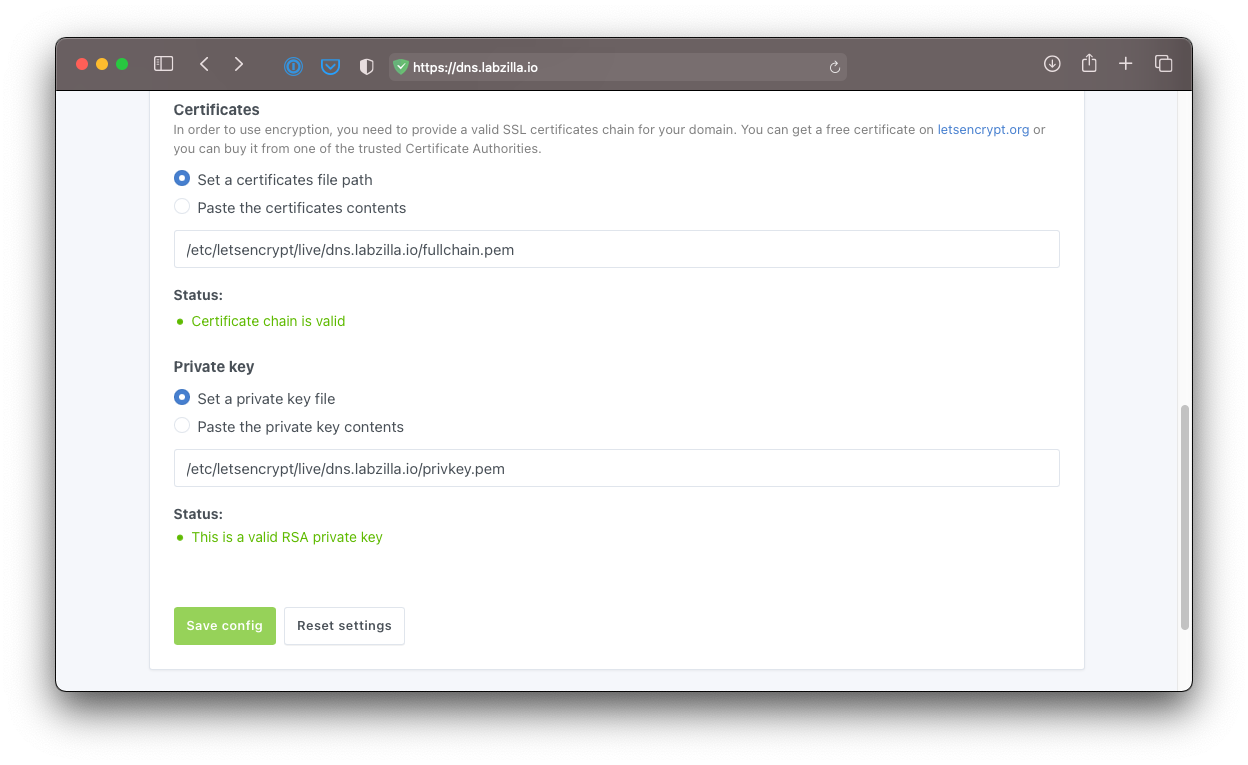

If you already use Nginx with LuCI rather than uHTTPd you can reverse proxy the AdGuard Home interface.

Note: Some settings may not be editable via the web interface and instead will need to be changed by editing the adguardhome.yaml configuration file. A list of known DNS providers and settings is here : Known DNS Providers Once AGH is active then follow the official AdGuard Home wiki instructions to configure upstreams and filters.

You can use the default setup port TCP 3000 or change it to an alternative (8080 is the usual port 80 replacememt). If this is the first time you have installed AdGuard Home you will go through the setup process.īy default LuCI will be configured to use standard ports TCP 80/443, so AdGuard Home will need to use an alternative port for the web interface. To access the web interface, use the IP of your router. By default the web setup interface will be on port TCP 3000. There is no official LuCI application for managing AdGuard Home. etc /init.d /dnsmasq restart Setup AGH through the web interfaceĪdGuard Home has it's own web interface for configuration and management and is not managed through LuCI. NET_ADDR=$ ( /sbin / ip -o -4 addr list br-lan | awk 'NR=1' ) do echo "Adding $OUTPUT to IPV6 DNS" # Get the first IPv4 and IPv6 Address of router and store them in following variables for use during the script. You are free to edit the scripts to use your own ports but you should check with for reserved ports. The ports chosen are either well known alternate ports or reasonable compromises. This will demote dnsmasq to an internal DNS resolver only. These instructions assume you are using dnsmasq. After installing the opkg package, run the following commands through SSH to prepare for making AGH the primary DNS resolver.


 0 kommentar(er)
0 kommentar(er)
